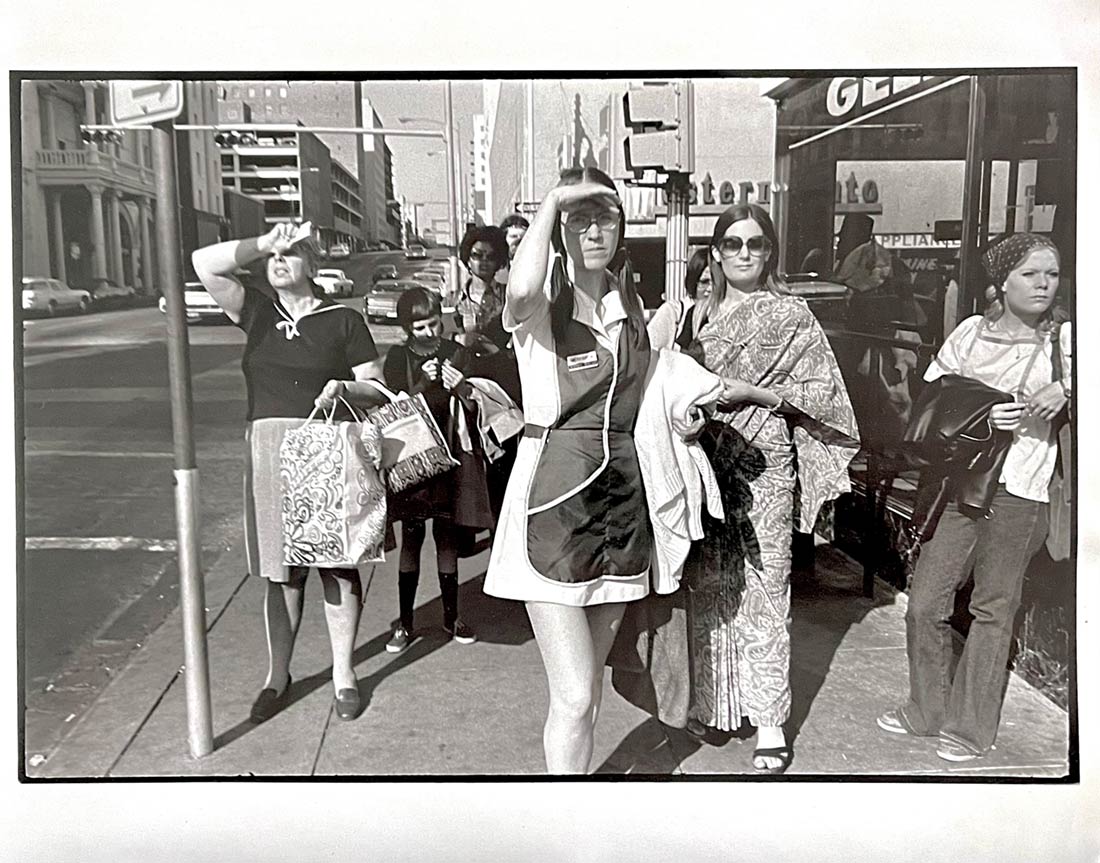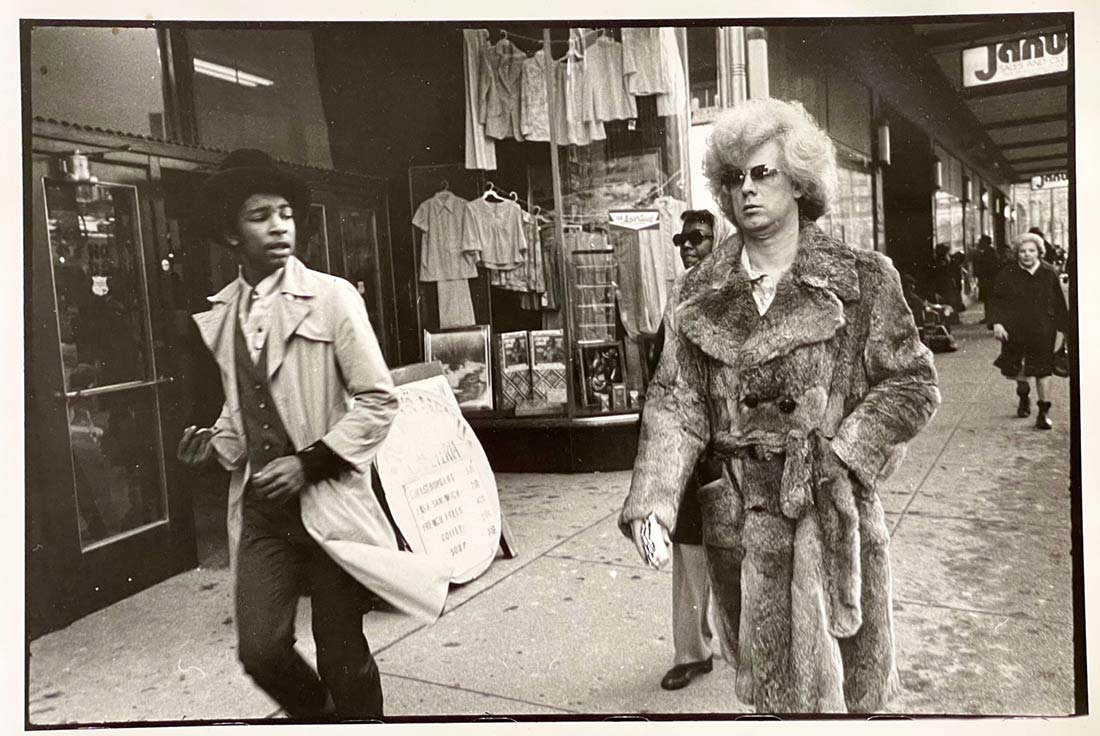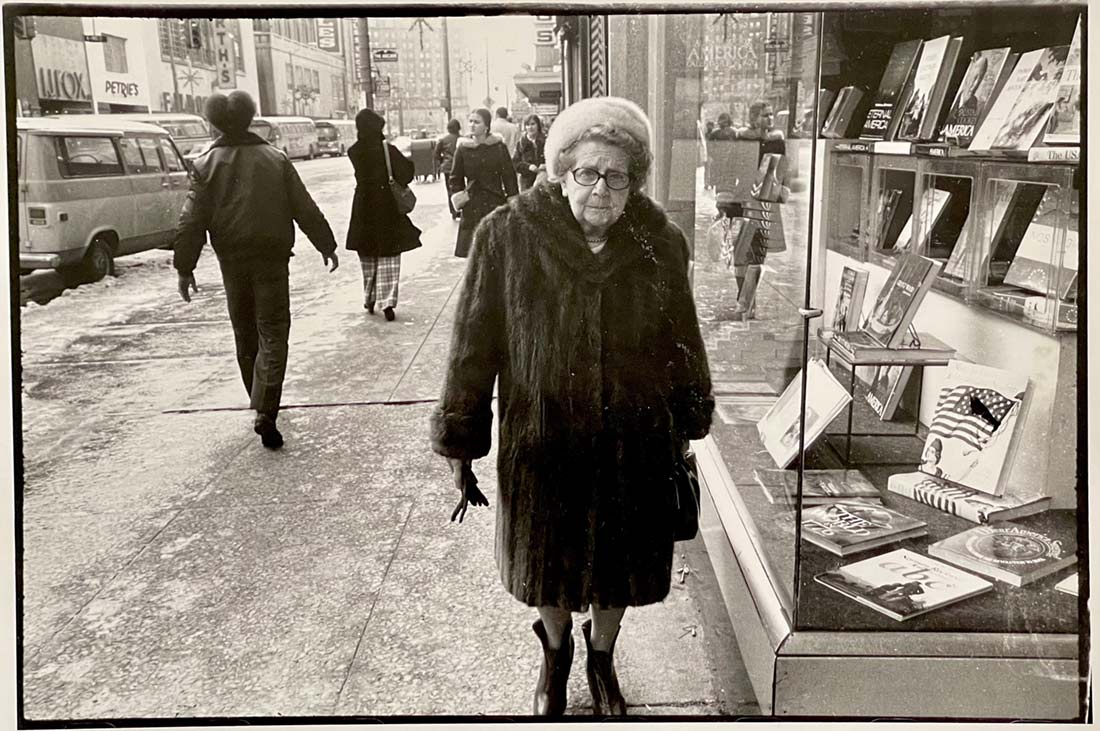Mitch Dubin has been involved in the Motion Picture Industry for over 45 years. He has worked on over 100 Feature Films and over 80 documentaries and commercials.
He started out in the post production arena of the film industry during the making of “Apocalypse Now”. This experience served as a foundation as he moved in to the production phase of movie making. Today Mitch Dubin has been fortunate to have worked behind the camera on many of the industry’s highest profile films.
His experience as a camera operator have provided him the opportunity of working with cinemas best directors including, Francis Ford Coppola, Oliver Stone, Milos Foreman, John Schlesinger, Paul Thomas Anderson, M. Night Shyamalan, James Brooks, and Ridley Scott. In addition Mitch has worked as the principal camera operator on the last seventeen films of Steven Spielberg, including “Saving Private Ryan”, “Lincoln”, Bridge of Spies”, “The Post”, “Minority Report”, “Catch Me If You Can” and the upcoming, “West Side Story”.
Mitch has been fortunate to have worked on many fine films with exceptionally talented crews.
Artwork
Artist Statement
I have always loved movies.
I still remember my local movie house in Texas, The Casa Linda Theatre.
One day watching a movie there, when the end credits came on the screen, I realized for the first time all the people that were part of this collaborative art of making movies. I decided then, that I wanted to be one of those people.
I went to university to study cinema. Once there, finding the film department uninspiring, I managed to get into class with visiting professor Garry Winogrand.
Garry was a brilliant photographer who understood the intricate balance of form and content. I learned more from him about the possibilities of telling stories though the four lines of the camera frame than from any of my film studies classes. Garry loved cinema, and it is from him that I learned to appreciate the power of images on the screen.
I am a Motion Picture Camera Operator. On a film set, I am the person whose eye is behind the camera. It is my job to use the four lines of the frame to tell a cinematic story.
Photography, even without a film script, is telling a story. The four lines of the frame, just like in cinema, contain the chaotic elements of our existence and give shape to a narrative.
I am grateful to be able to take this moment at Rhythmix and revisit images from a time that helped inform who I was to become.


